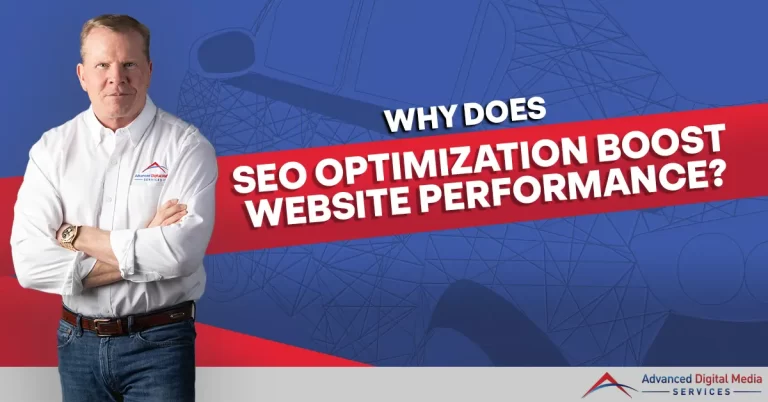With the COVID-19 pandemic, the Internet has given businesses and customers the means to adapt to the current global situation. E-commerce platforms like Lazada and Amazon have all seen a sizable spike in their number of active users as well as in the number of items they sell. However, with most businesses increasing their online presence, the competition has become steeper. For a business to stand out, it must provide a pleasant online experience for customers. One of the most basic considerations is to provide a website speed that is fast enough that the customer does not have to wait too long and thereby lose interest. Delays in website loading speed could cause a decrease in views, customer satisfaction, and conversions.
How Can You Increase Your Website Speed?
If you’ve conducted a website speed test and found that your website speed is very slow, it could lead to a number of reasons from the number of files you have to the size of your images. Below are some of the ways you could increase and improve your website speed.
1. Minimize HTTP Requests
Your website is made of different elements, which include images, scripts, and stylesheets. Every part has a corresponding HTTP request made for it. Meanwhile, about 80% of your website loading speed time relates to downloading these elements. As such, those with more components produce more HTTP requests, slowing down your website speed. Figure out how many requests your website makes and take steps to reduce that number.
2. Minify and Combine Files
Large files take longer to load. Knowing this and that the number of files you use affects the number of requests your website makes, you can increase your website speed by reducing the number and size of these files, beginning with your HTML, CSS, and JavaScript files. To do this, you can “minify” and combine your files into one, reducing their total size. In minifying your files, your unnecessary spaces, line breaks, indentations, and comments are removed from the code. While these are essential for humans to be able to read the code, these are not actually needed by computers. Minifying your files can reduce their size by more than 70%.
3. Optimize Your Images
Images are important for websites. They are usually the ones that capture a viewer’s attention. However, large images can also slow down your website loading speed. As such, it is best to compress your images before uploading them. This will help reduce the file size of the image without having a large effect on its quality.
Further, you can also use the responsive web design of most websites to your advantage by keeping a few different sizes of the images, depending on the device used. For example, there is no sense in using large file images on smartphones, thereby slowing the website speed, as it might not be possible to display them completely on the device’s limited screen area.
4. Avoid Redirects
Redirects are surely going to slow your website down. While it is impossible for most businesses to remove redirects, these should at least be kept at a minimum. Regularly check all your redirects to ensure that they are all necessary. Otherwise, remove all those that are no longer important, as they serve no valuable purpose and only slow down your website.
5. Choose the Right Web Hosting Plan
Your website speed also highly depends on your web hosting arrangement. Most site owners usually choose the cheapest option, which is shared hosting. While this is good for those who are just starting and have low traffic, having a slow website speed might mean you need to change your hosting option. Because you share a common server with other websites, a high volume of traffic on one website could greatly slow down everyone else’s, including yours. If you have been receiving an increase in the number of visitors, you might want to shift to a dedicated server to avoid the hassle of a slow or crashing website.
Your website speed is crucial to your online success. It’s easy to lose a customer in a matter of seconds. At Advanced Digital Media Services, we can help you monitor your website speed and keep it at the best possible level by regularly conducting speed tests and making sure that every element of your website is necessary. Contact us today to get more advice by filling out the form below!






